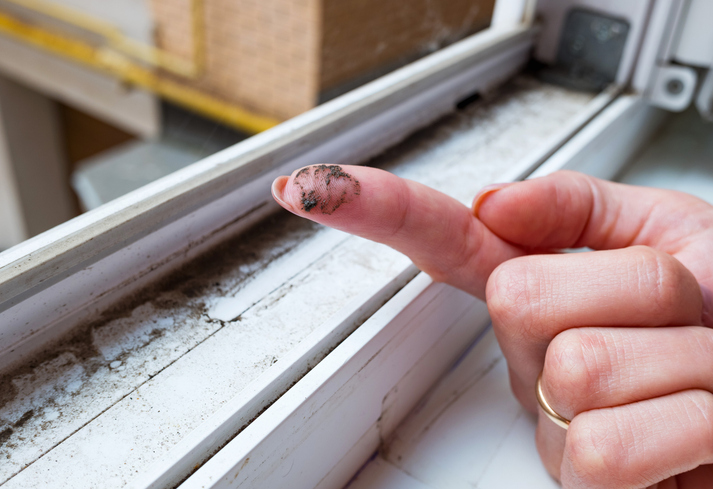As summer temperatures rise, so do the risks of indoor mold growth. Mold can cause health issues and damage to your home, making it essential to take proactive steps to prevent its development. This guide will provide you with practical tips and strategies to keep your home mold-free during the warmer months.
Why Mold Loves Summer
Mold thrives in warm, humid environments. The summer months often bring increased humidity and higher temperatures, creating the perfect conditions for mold to flourish. Understanding why mold loves summer will help you take the necessary precautions to keep it at bay. For more information on mold and its impact on health, visit the Environmental Protection Agency (EPA) Mold Resources.

Top Tips to Prevent Mold Growth
Control Indoor Humidity
Maintaining indoor humidity levels between 30-50% is crucial. Dehumidifiers are especially useful in basements and other areas prone to dampness. Using air conditioners can also help keep your home cool and reduce humidity levels. Remember to regularly clean and maintain your AC units to prevent mold growth within the system.
Ensure Proper Ventilation
Proper ventilation is key to preventing mold. Install and use exhaust fans in bathrooms and kitchens to remove moisture from the air. When weather permits, open windows to allow fresh air to circulate and reduce indoor humidity. Ensure that appliances like dryers and stoves are vented to the outside to prevent moisture buildup indoors.
Fix Leaks Promptly
Regularly inspect your home for leaks in roofs, walls, and plumbing. Address any leaks immediately to prevent moisture accumulation. Ensure that windows and doors are properly sealed to prevent water from entering your home during summer storms.
Clean Regularly
Bathrooms and kitchens are particularly prone to mold growth due to frequent moisture. Clean them regularly with mold-killing products. After showers or cooking, dry wet areas immediately to prevent mold from taking hold.
Monitor Condensation
Keep an eye on windows, pipes, and other areas where condensation might occur. Wipe down any moisture you see to prevent mold growth. Insulate pipes to reduce condensation and the potential for mold growth.
Use Mold-Resistant Products
When renovating, use mold-resistant paint and drywall in areas prone to moisture, such as bathrooms and basements. Choose furnishings made from materials that are less susceptible to mold, such as metal or plastic.
Additional Tips for a Mold-Free Summer
- Keep gutters and downspouts clean and free of debris to prevent water from accumulating near your home’s foundation.
- Ensure that the ground around your home slopes away from the foundation to prevent water from seeping into the basement or crawl spaces.
- While houseplants can improve indoor air quality, they can also contribute to humidity. Avoid overwatering plants and use a dehumidifier if necessary.
